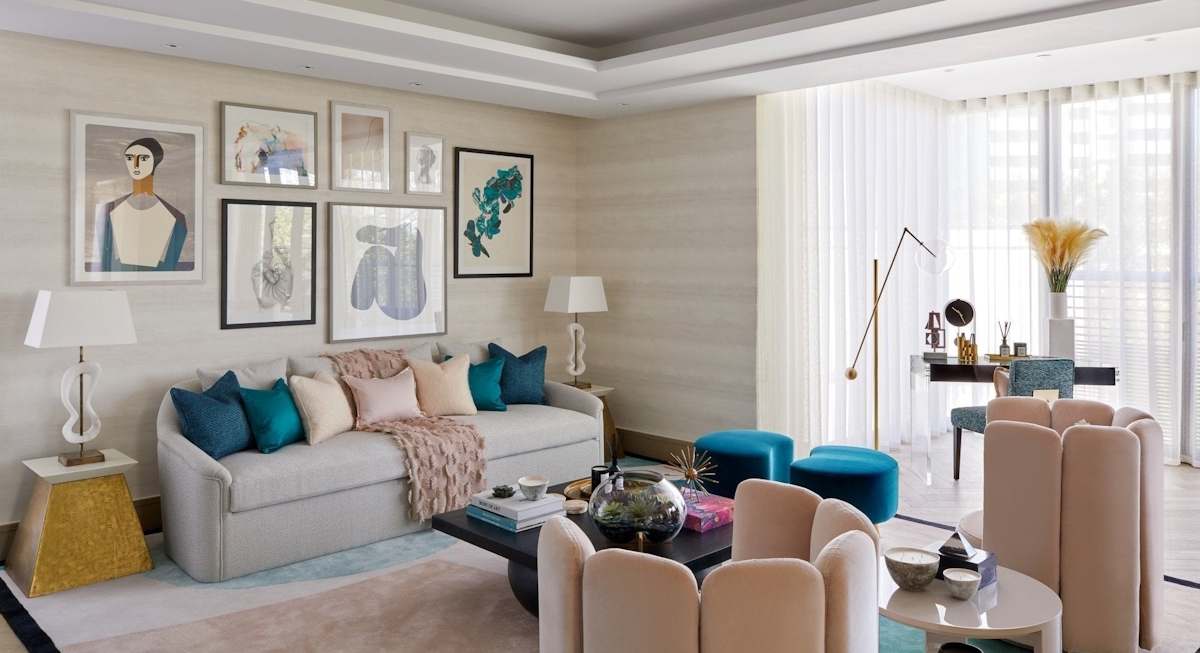Creating Grid Layouts for Photo Walls: A Photographer's Guide
As a professional photographer, you're likely always seeking innovative ways to display your work. One highly effective method is creating grid layouts for photo walls, a trend that not only showcases your photos beautifully but also adds a dynamic element to any space. Whether you're designing a gallery for a client or organizing a personal collection, understanding the intricacies of grid layouts can make a significant difference in presentation.

Why Choose Grid Layouts?
Grid layouts offer a structured yet versatile framework for displaying photographs. They are particularly advantageous for photographers because they can adapt to various styles, from minimalist to eclectic. In a grid, each image has its own dedicated space, allowing viewers to appreciate the details and composition without distraction.
Moreover, grid layouts provide a cohesive look that can be tailored to suit different environments. Whether it's a modern office, a cozy living room, or a professional gallery, grids can be customized to fit the aesthetic perfectly. This adaptability is one reason why they remain a popular choice among creative professionals. For more inspiration on photo-based art, you might visit photo-based painting ideas.
Steps to Creating the Perfect Grid Layout
1. Selecting the Right Photos
The first step in creating a grid layout is selecting the right photos. Consider the theme, color palette, and the story you want to tell. Consistency in color or theme can enhance the overall impact of the grid. If you're showcasing landscape photography, for instance, choose images that complement each other in terms of lighting and mood.
2. Planning the Layout
Once you've selected your photos, the next step is planning the layout. This involves deciding the number of rows and columns and the spacing between each image. Tools like Adobe Photoshop or Lightroom can be incredibly useful in visualizing the layout before committing to it physically. For further insights, you might find this wall decor guide helpful.
3. Choosing the Right Frames
Frames play a crucial role in the presentation of your grid layout. They should complement the style of your photos while enhancing the overall aesthetic of the wall. Black or white frames are classic choices that suit almost any photograph, but don't shy away from experimenting with colors or materials that might add a unique touch.
4. Installation Tips
Installing your grid layout requires precision and patience. Use a level to ensure each frame is hung straight, and measure the distance between frames to maintain uniform spacing. It's often helpful to have a second pair of eyes to assist in the alignment process.
Enhancing Your Grid Layout
Once your grid is installed, consider additional elements to enhance its visual appeal. Lighting is a powerful tool that can transform the look of your photo wall. Spotlights or fairy lights can draw attention to your images and create an inviting atmosphere. For creative lighting ideas, explore fairy lights tips.
Another way to enhance your grid layout is by incorporating textures around the frames. This can be achieved through wall paint effects or adding elements like wooden panels or metal accents, which can complement the theme of your photographs.
Conclusion: The Art of Grid Layouts
Creating grid layouts for photo walls is both an art and a science. It requires careful planning and a keen eye for detail, but the end result is a stunning visual display that can elevate any space. As a professional photographer, mastering this technique can set your work apart and offer clients a unique way to enjoy your talent. For more ideas on rustic decor, you might want to check out rustic wall decor.
For budget-friendly artwork ideas, you might explore this guide on affordable art.

FAQs
Q1: What size should the photos be in a grid layout?
A1: The size of the photos in a grid layout depends on the space available and the number of images you wish to display. Common sizes include 8x10, 11x14, or 16x20 inches, but it's essential to measure your wall space before deciding.
Q2: Can I mix different photo styles in a grid layout?
A2: Yes, mixing different photo styles can add interest to your grid. However, it's crucial to maintain some level of cohesion, such as a consistent color scheme or theme, to prevent the layout from appearing chaotic.
Q3: How do I ensure my grid layout is level?
A3: Using a laser level or a standard level tool can help ensure that your grid layout is straight. Marking the wall with a pencil before hanging can also guide you in maintaining a consistent alignment.

